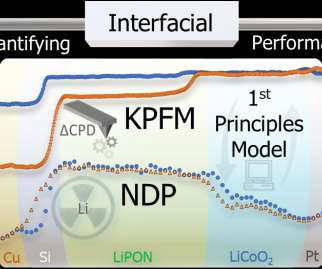Sandia testing method yields pathway to better, longer-lasting solid-state batteries
Green Car Congress
DECEMBER 6, 2021
Using a microscopic method for measuring electrical potential, a team of scientists at Sandia National Laboratories may have discovered how to identify rate-limiting processes in solid-state batteries. The findings are detailed in a paper in American Chemical Society Energy Letters. Illustration courtesy of S.





















Let's personalize your content